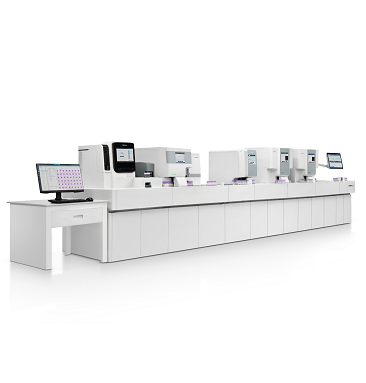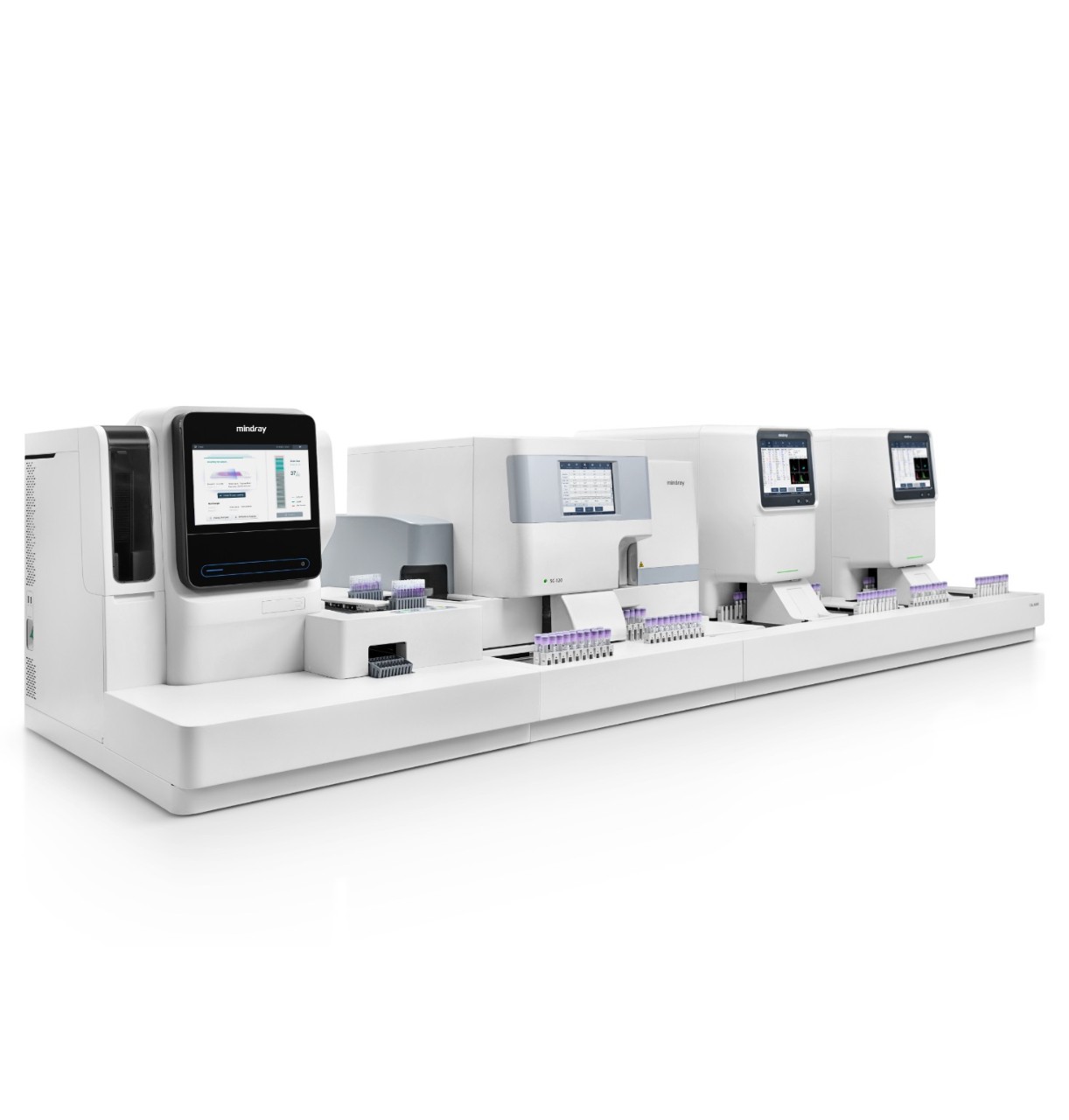HemaBook Chapter 10: How Does a Digital Morphology System Help Labs to Optimize Their Workflow?
Mindray 2021-05-29

Nowadays, hematology analyzers are used widely in laboratories to automatically count and differentiate blood cells. Nevertheless, blood morphology examination for the presence of abnormal cells is still the ‘gold standard’ in the routine blood count. Microscopic examination is the most valuable procedure in the laboratory, which can suggest some disorders previously identified by the analyzer.

However, a skillful examination requires an experienced technician, can take a long time, and is very labor intensive. As a result, there is an increasing demand for digital morphology systems which help to optimize the labs’ workflow by:
Providing a reliable cell pre-classification result using intelligent algorithms
- A digital morphology analyzer can automatically locate, capture, and identify cells, which helps technicians to check cell morphology easily on a big screen.
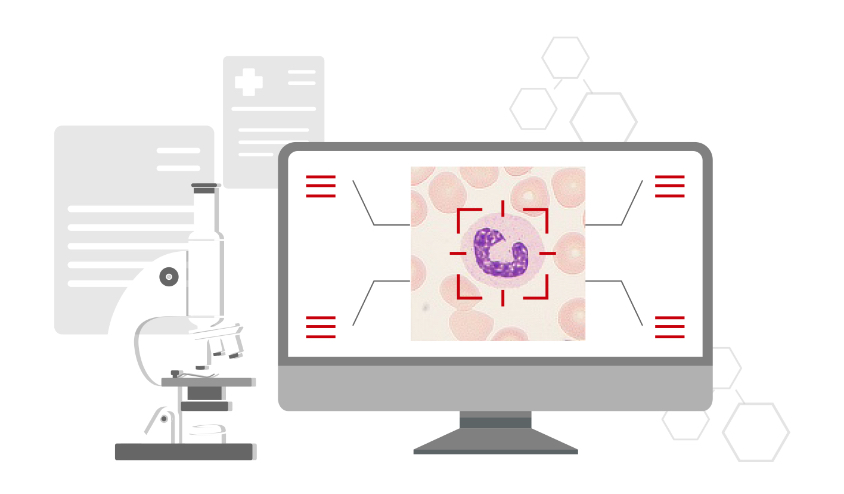
- With the help of intelligent algorithms, a digital morphology system can help to pre-classify different cells in different groups and give a reliable pre-classification result.
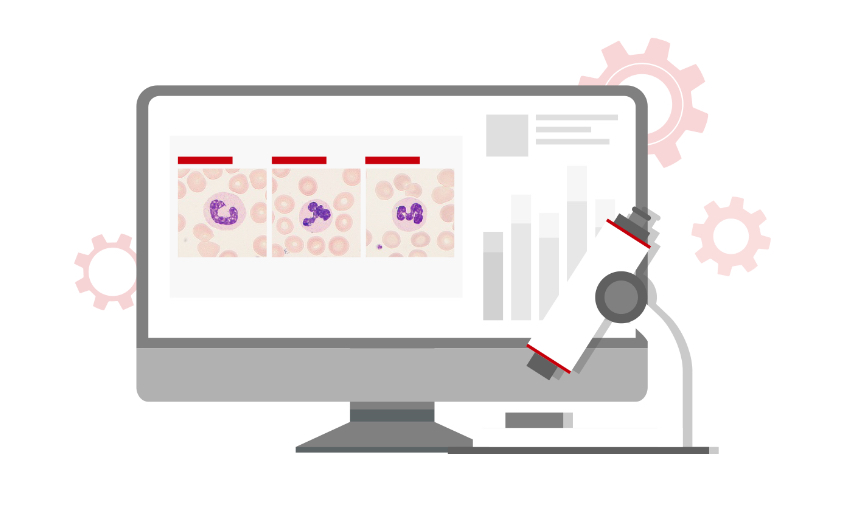
- A digital morphology system avoids inter-observer variability and retains the same standard when pre-classifying cells.

Improving the efficiency of the morphology examination
- Generally, a manual morphology examination takes around 10 mins, and more time is needed for abnormal samples.
- By using digital morphology systems, the average examination only takes 2-3 minutes, which improves lab efficiency dramatically.
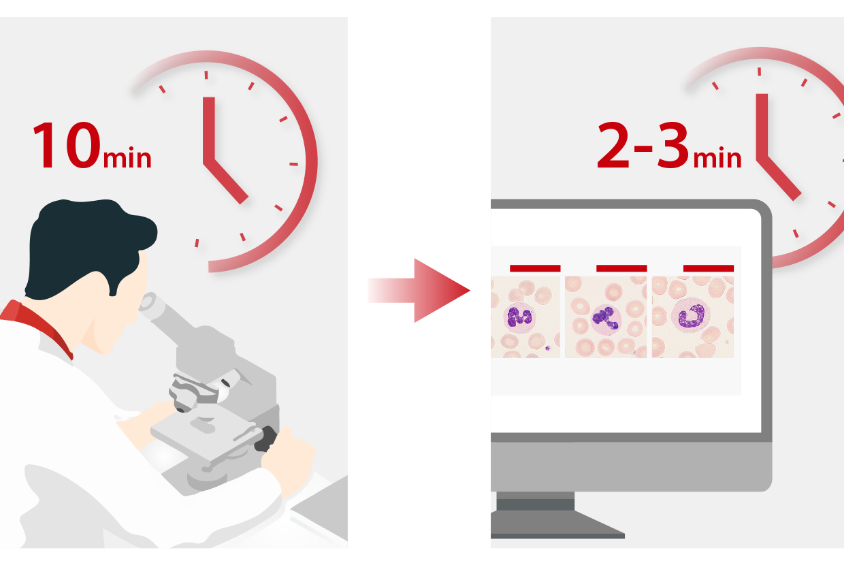
Enabling convenient data management and remote consultation
- With the help of cell digitalization, laboratories can store slides and morphology results in a single PC instead of storing a lot of conventional glass slides.
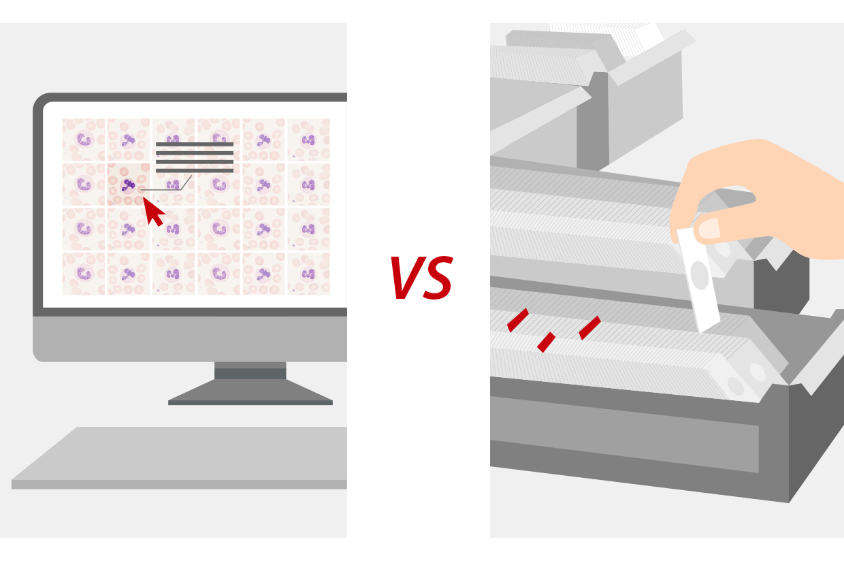
- By using the remote review function, senior technicians in satellite labs or even from home can easily review the slide results sent from the core labs.
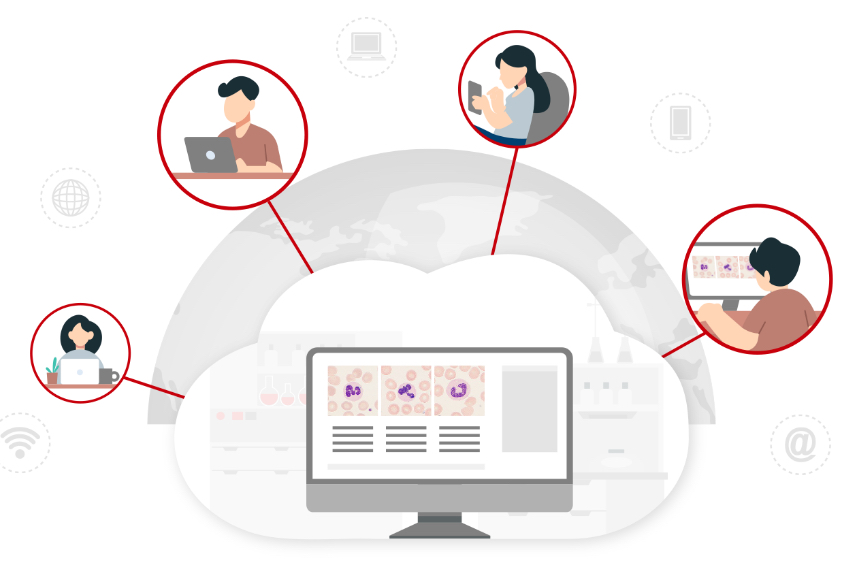
Today, an increasing number of advanced automated digital morphology systems have been developed and introduced to the laboratory. These digital morphology systems optimize the labs’ workflow by improving lab quality assurance, reducing labor costs, providing the availability of morphology digitalization and enabling remote consultations.
Mindray is soon going to launch a brand new digital morphology system. Stay tuned as we bring you more updates!
